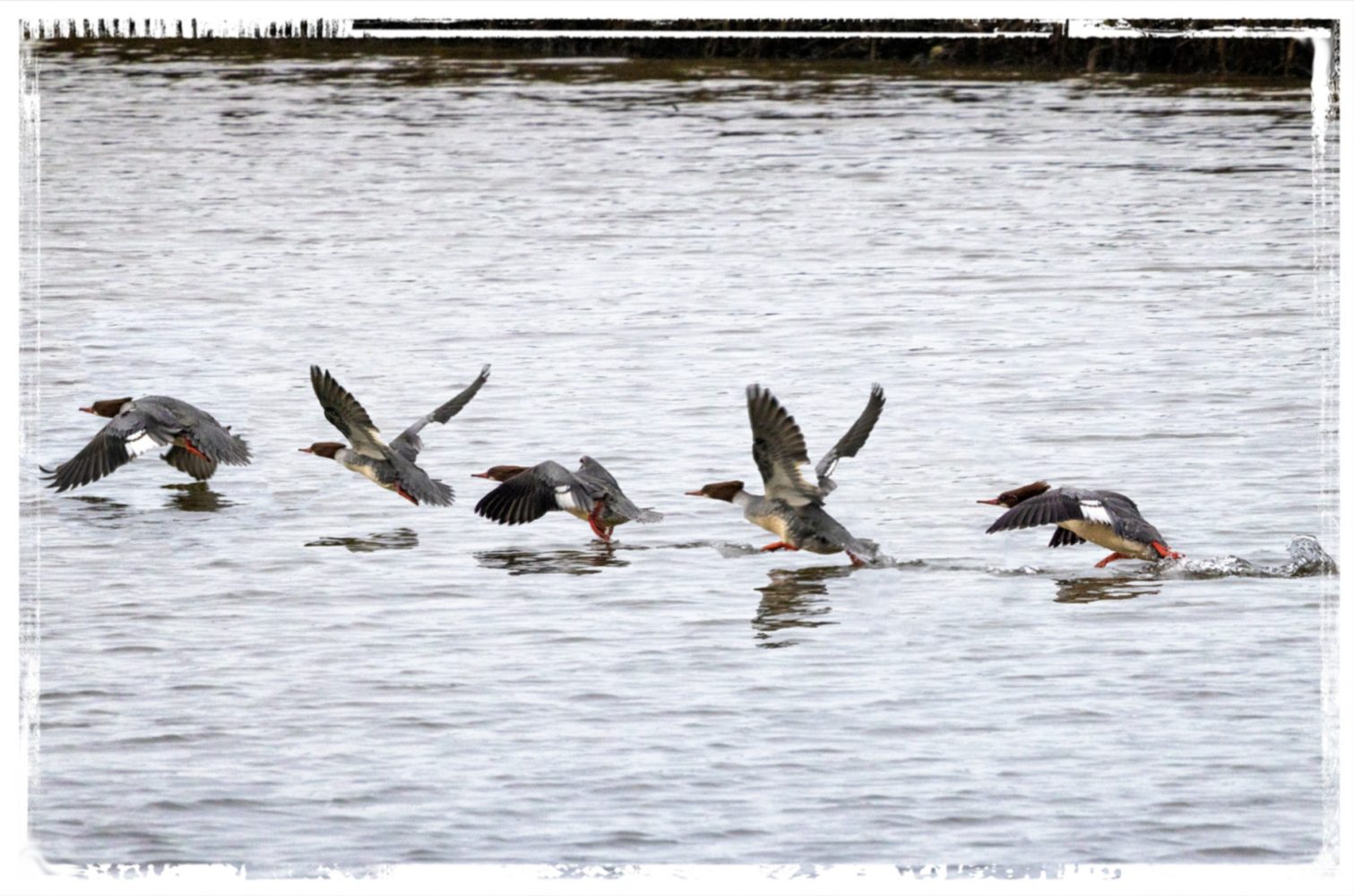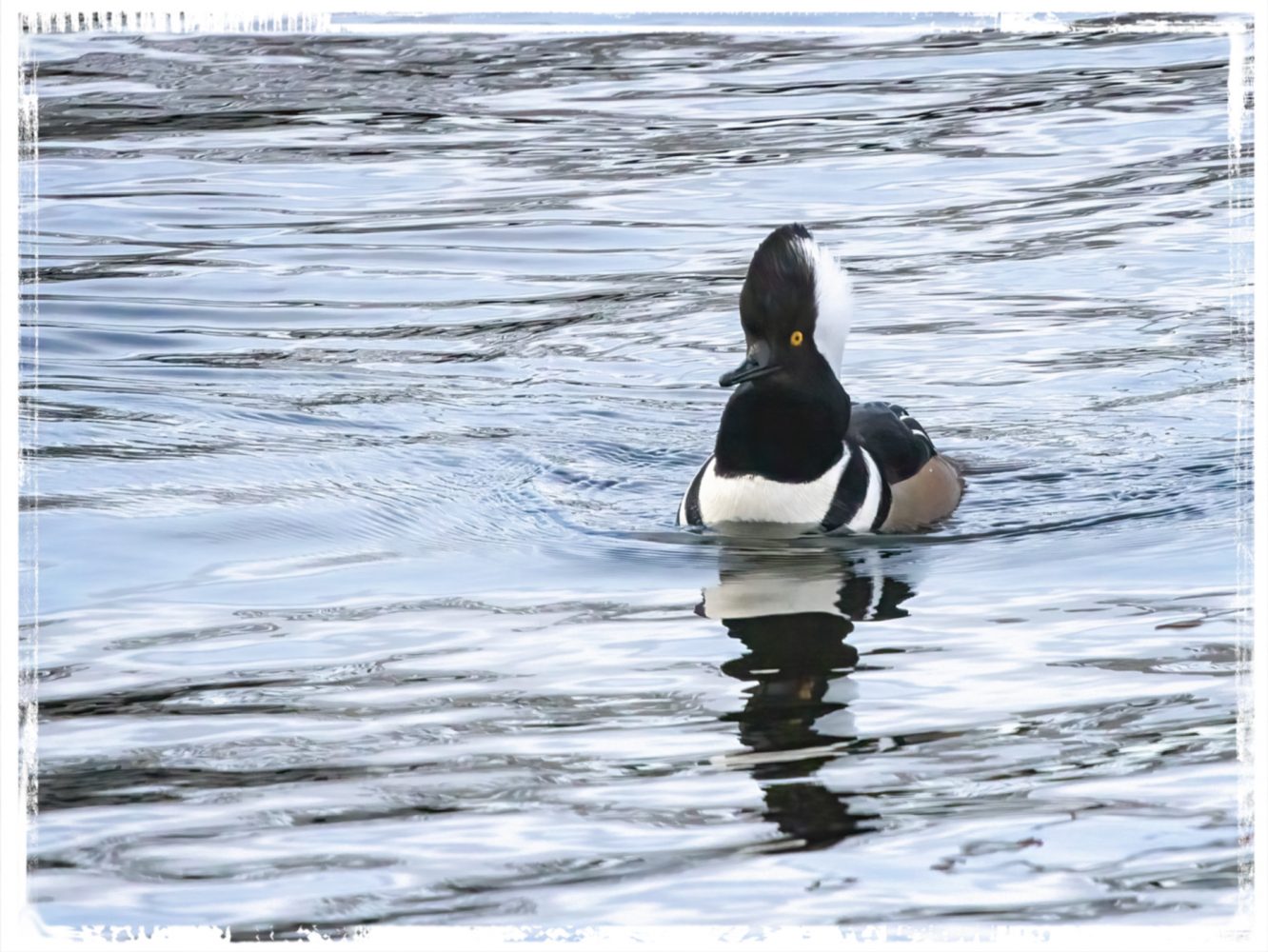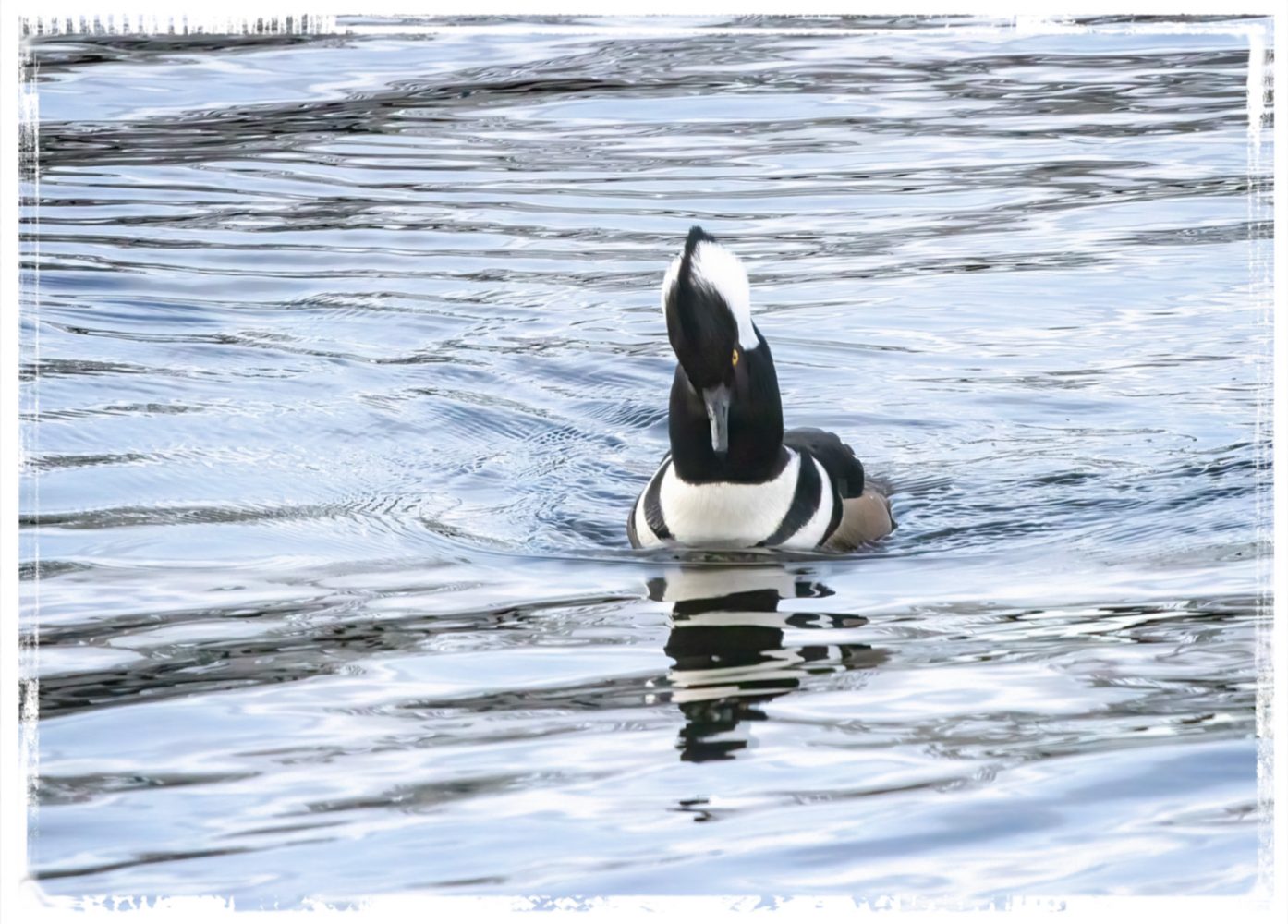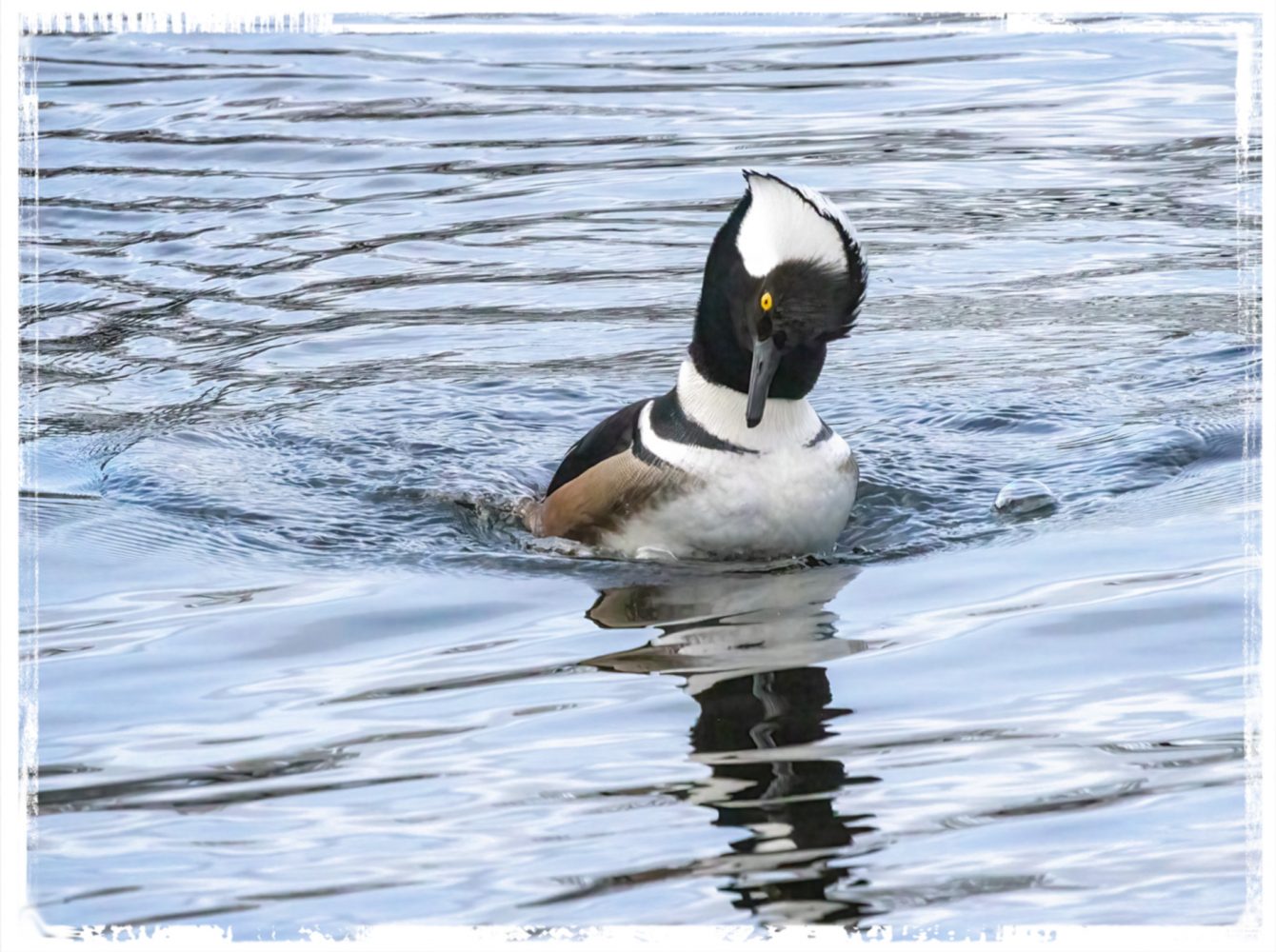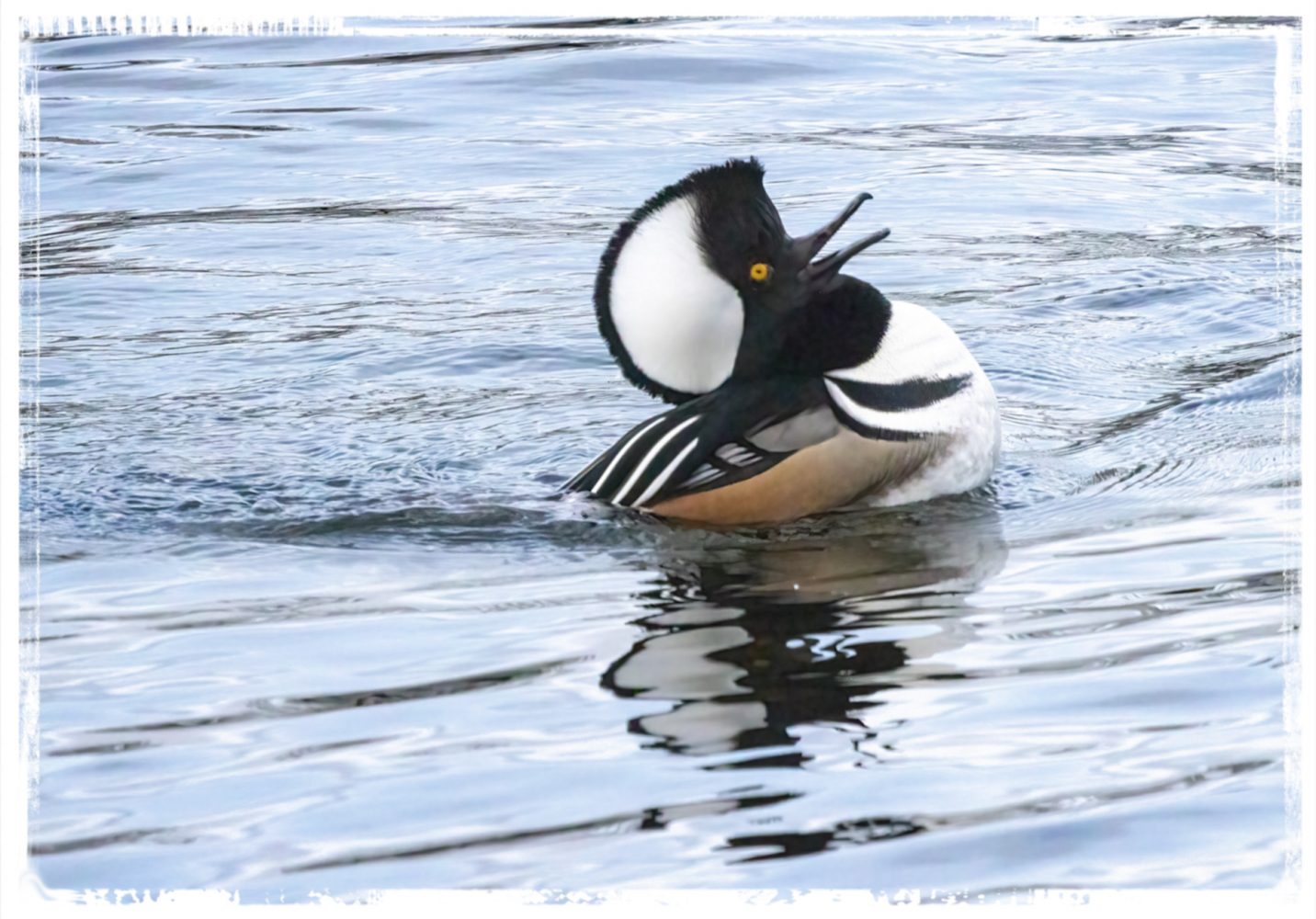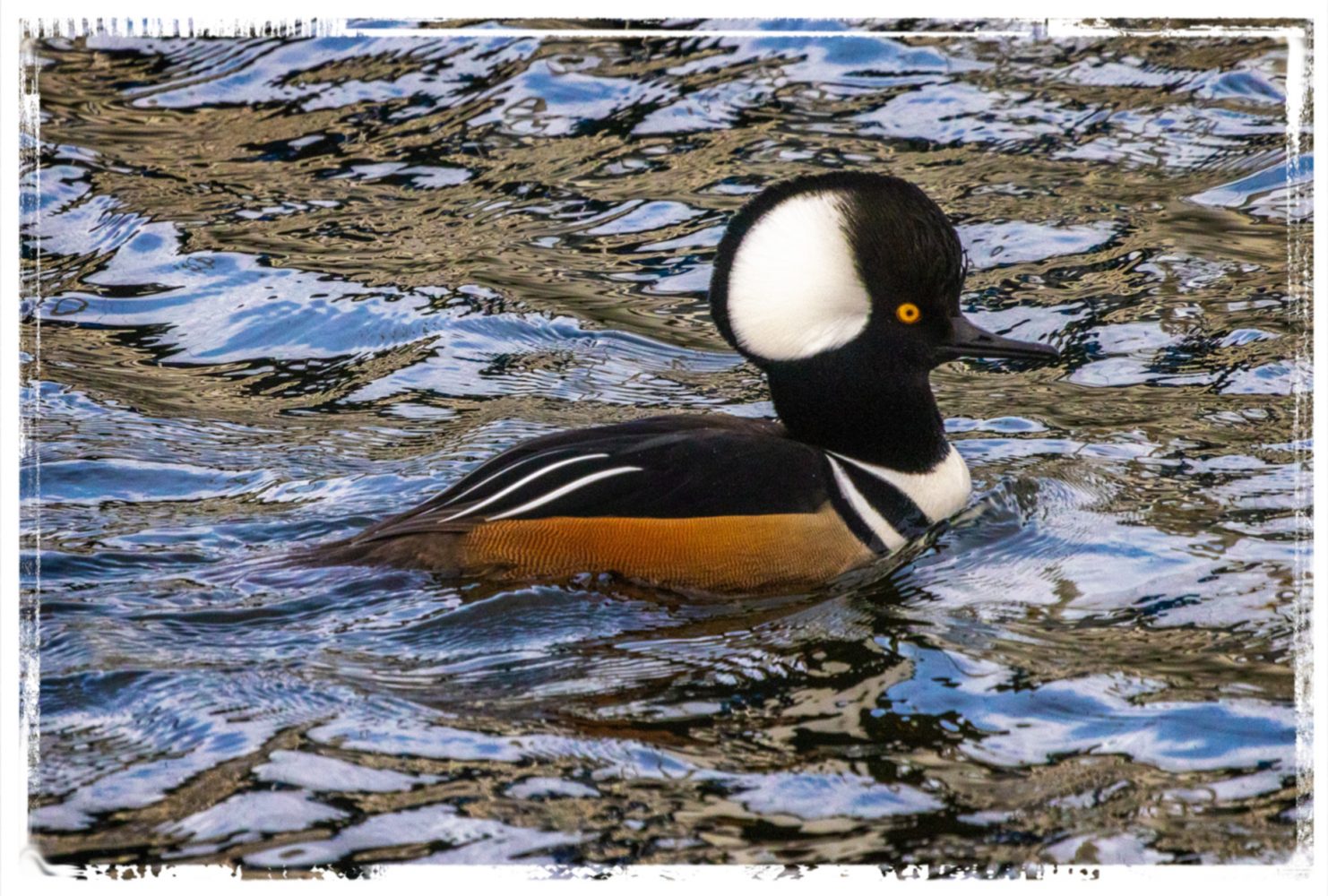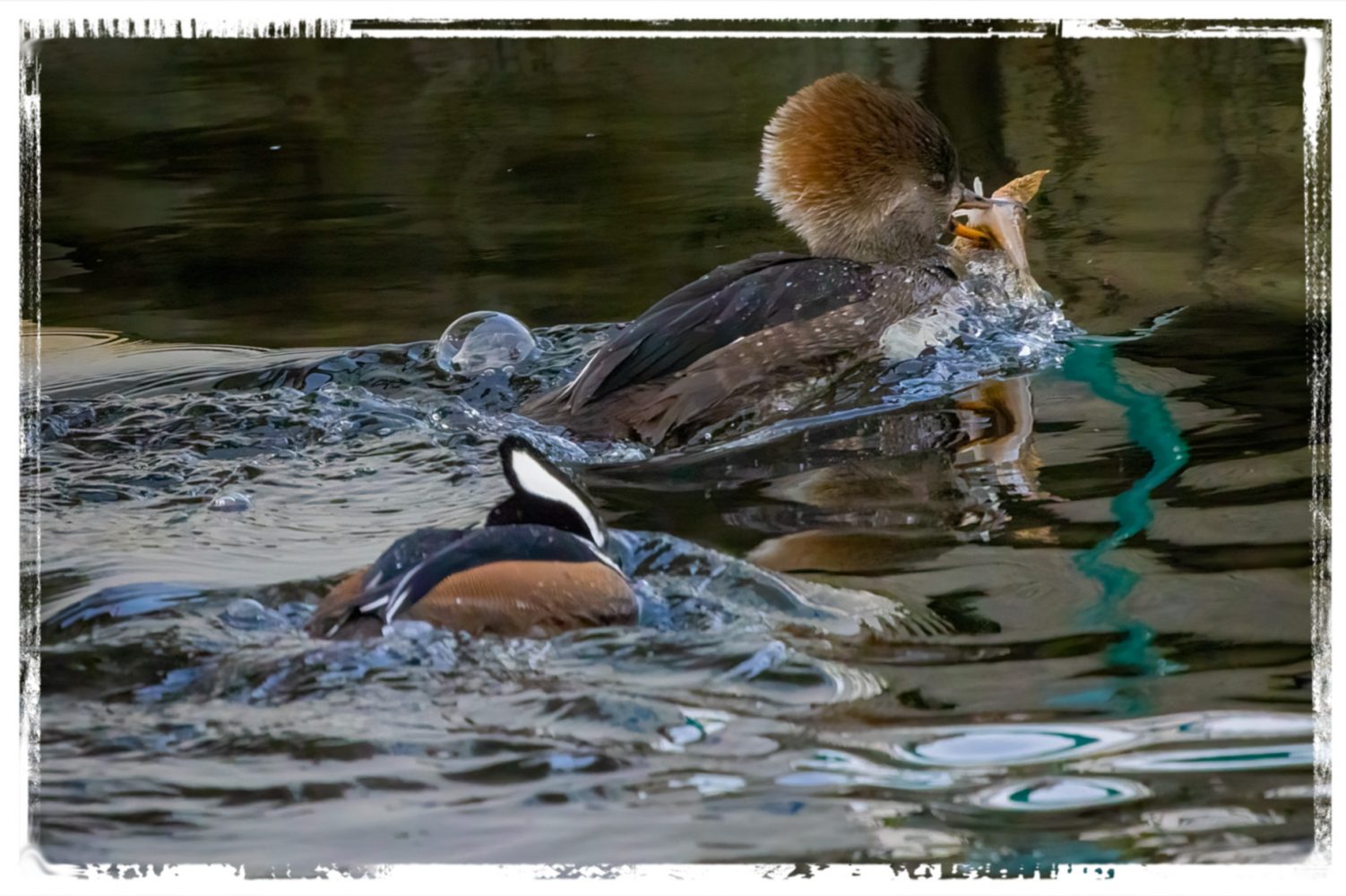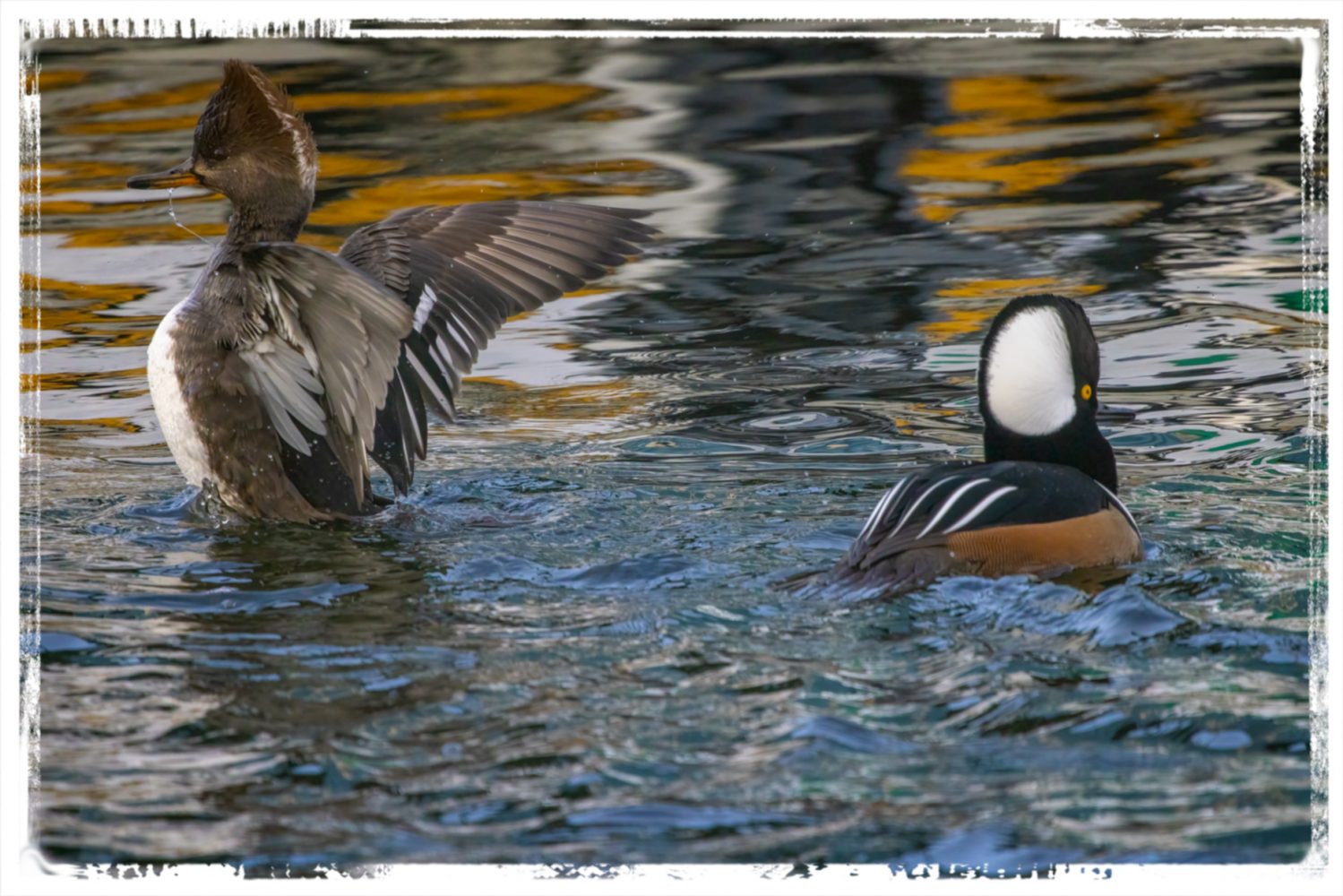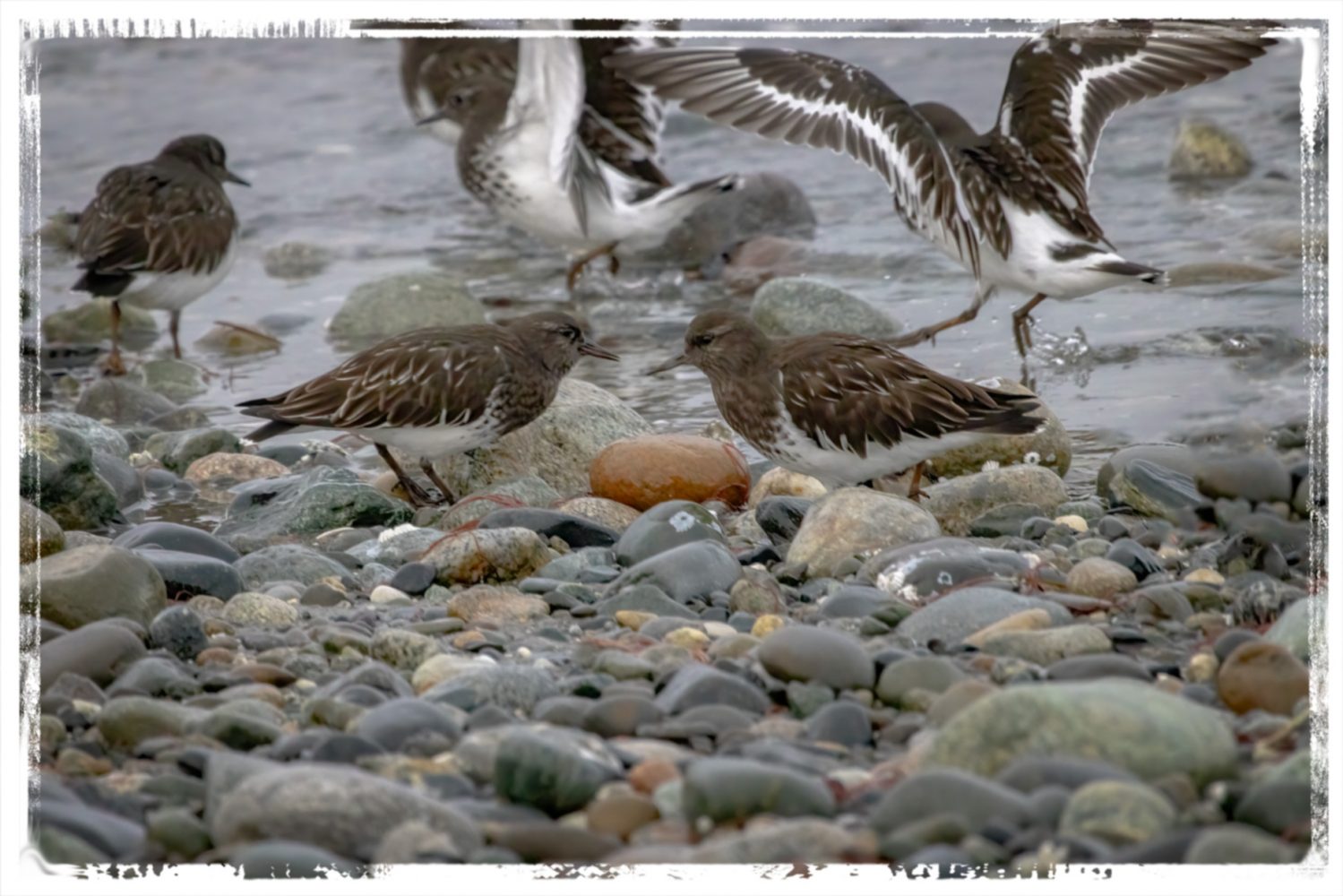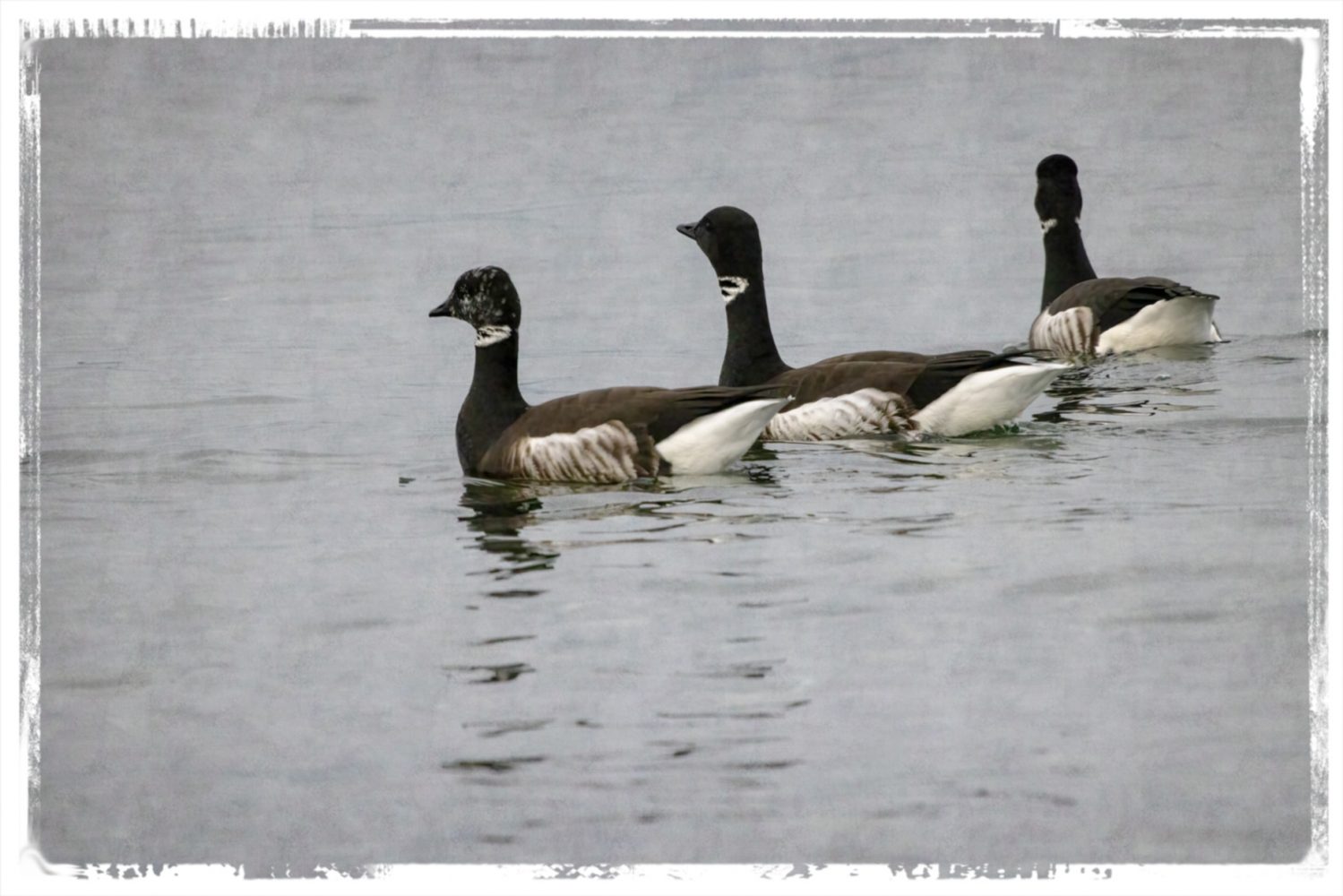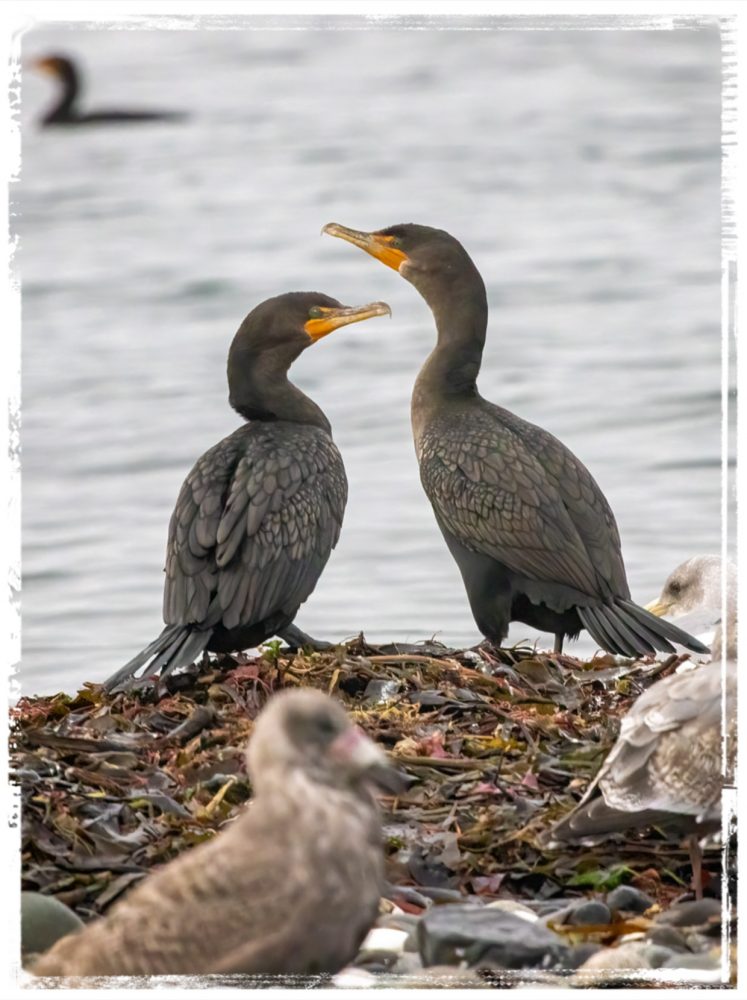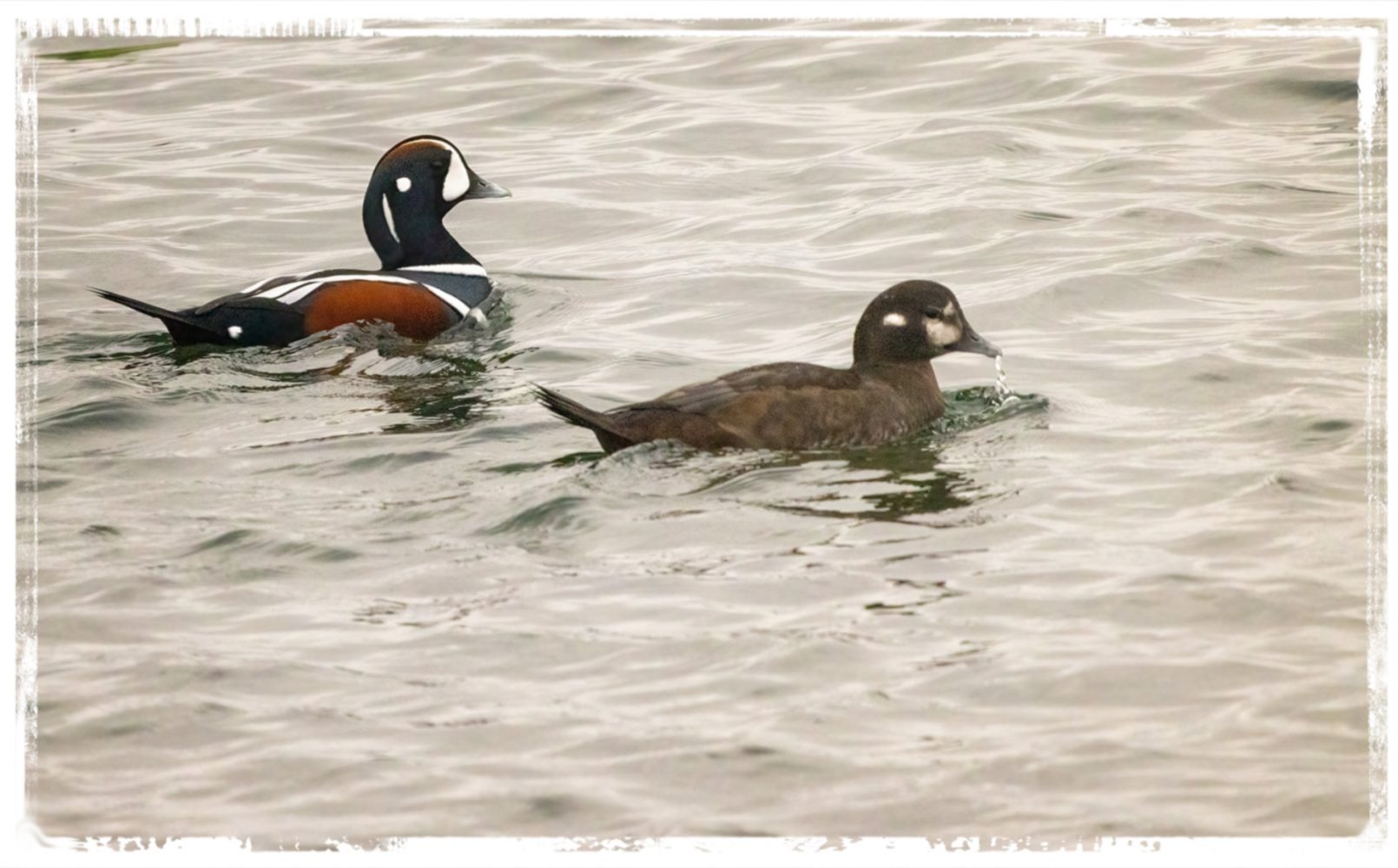Twain probably wasn’t referring to the Puget Sound Area when he said, “If you don’t like the weather, wait five minutes,” but it certainly seems to apply here. We have a lot of microclimates locally, so you never quite know what to expect when you head out for another part of the area. On a recent morning we headed out to Theler Wetlands under bright blue skies, but when we arrived the refuge was shrouded in fog
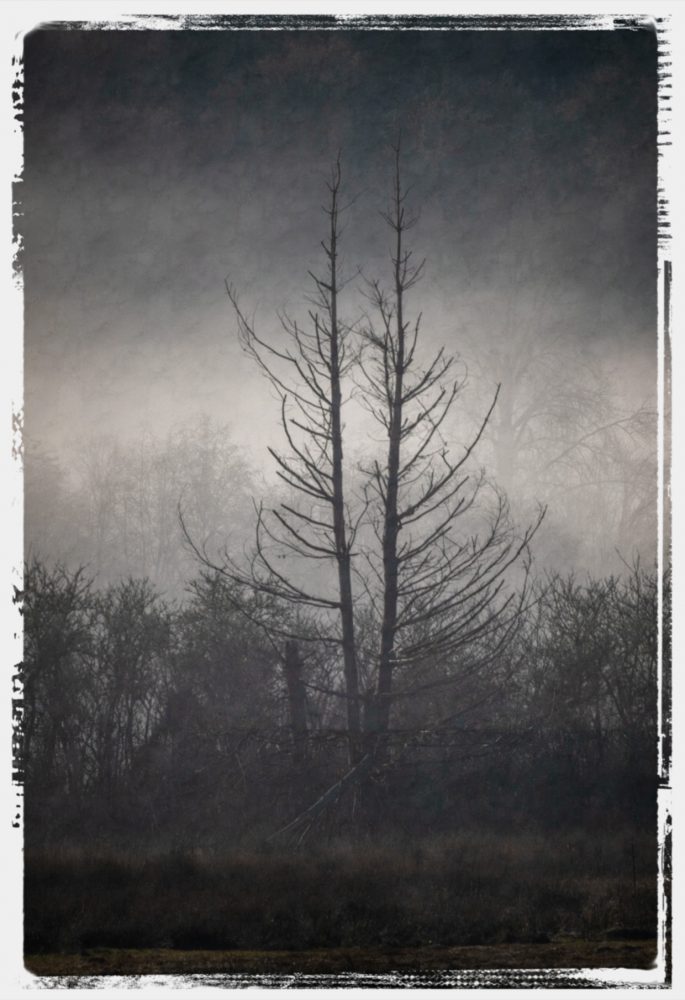
and cold enough that frosted cobwebs glowed in the morning light.
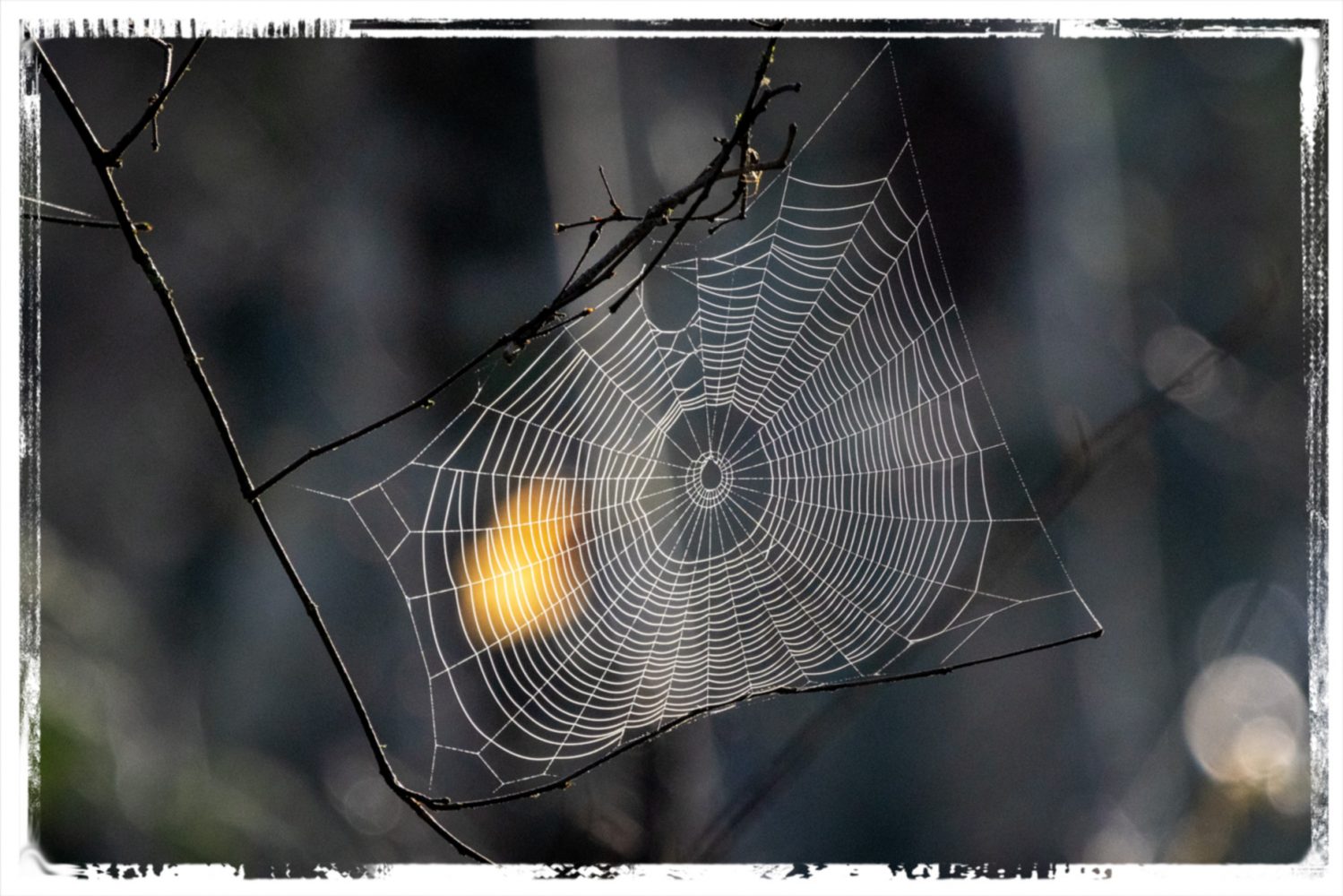
This Great Blue Heron had wrapped itself in its winter coat.
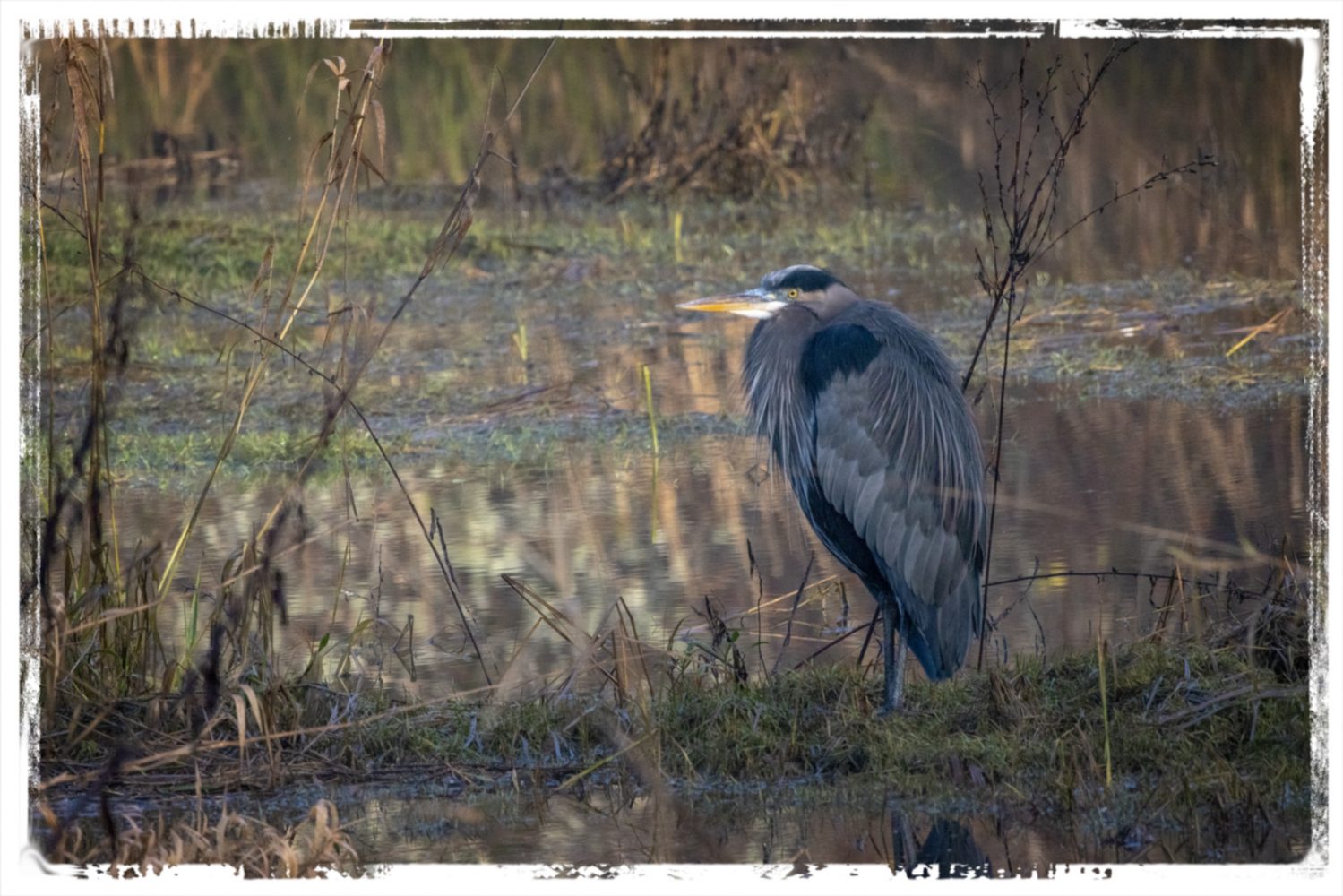
However, by the time we reached the walkway on the other end of the refuge, the fog had dissipated and the snow-covered Olympics lightened the morning
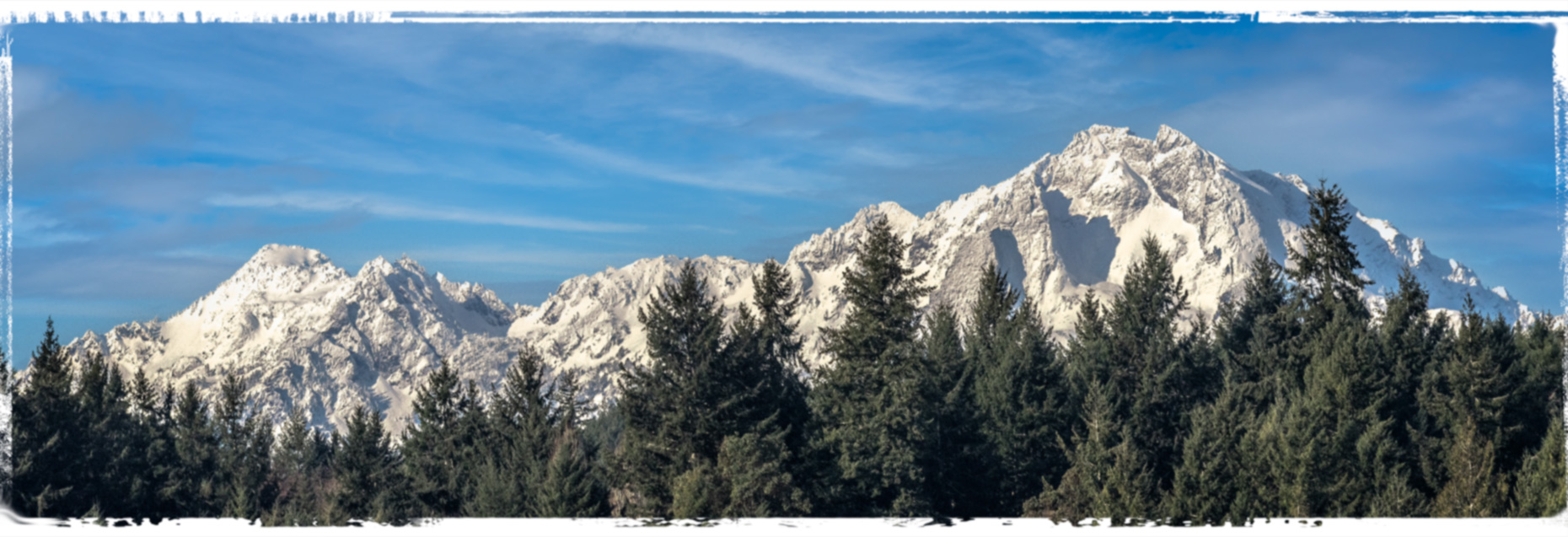
and our walk back to the car seemed to take on an entirely different nature. Even the Green-Winged Teal
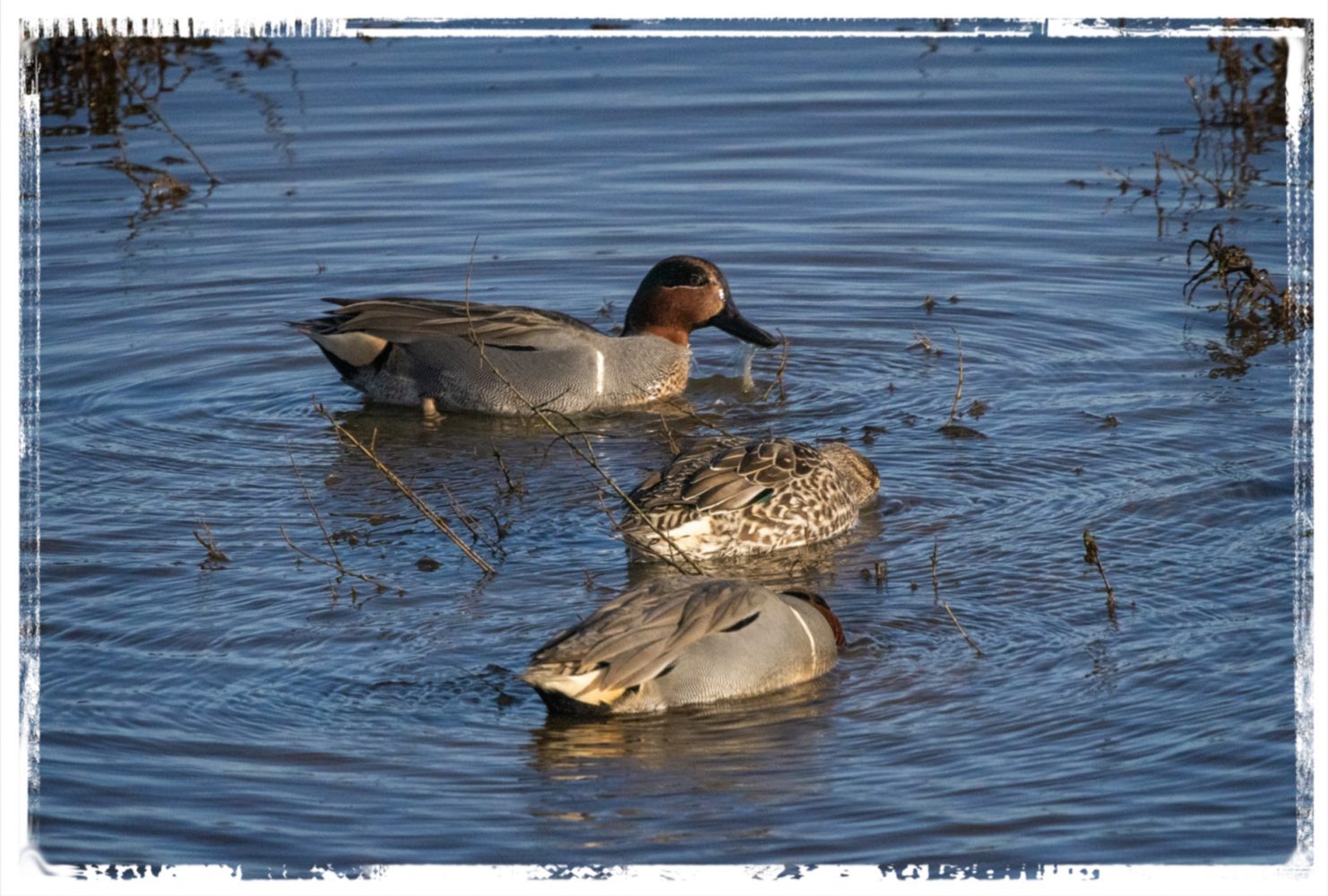
and this male Bufflehead seemed to have emerged from the darkness.
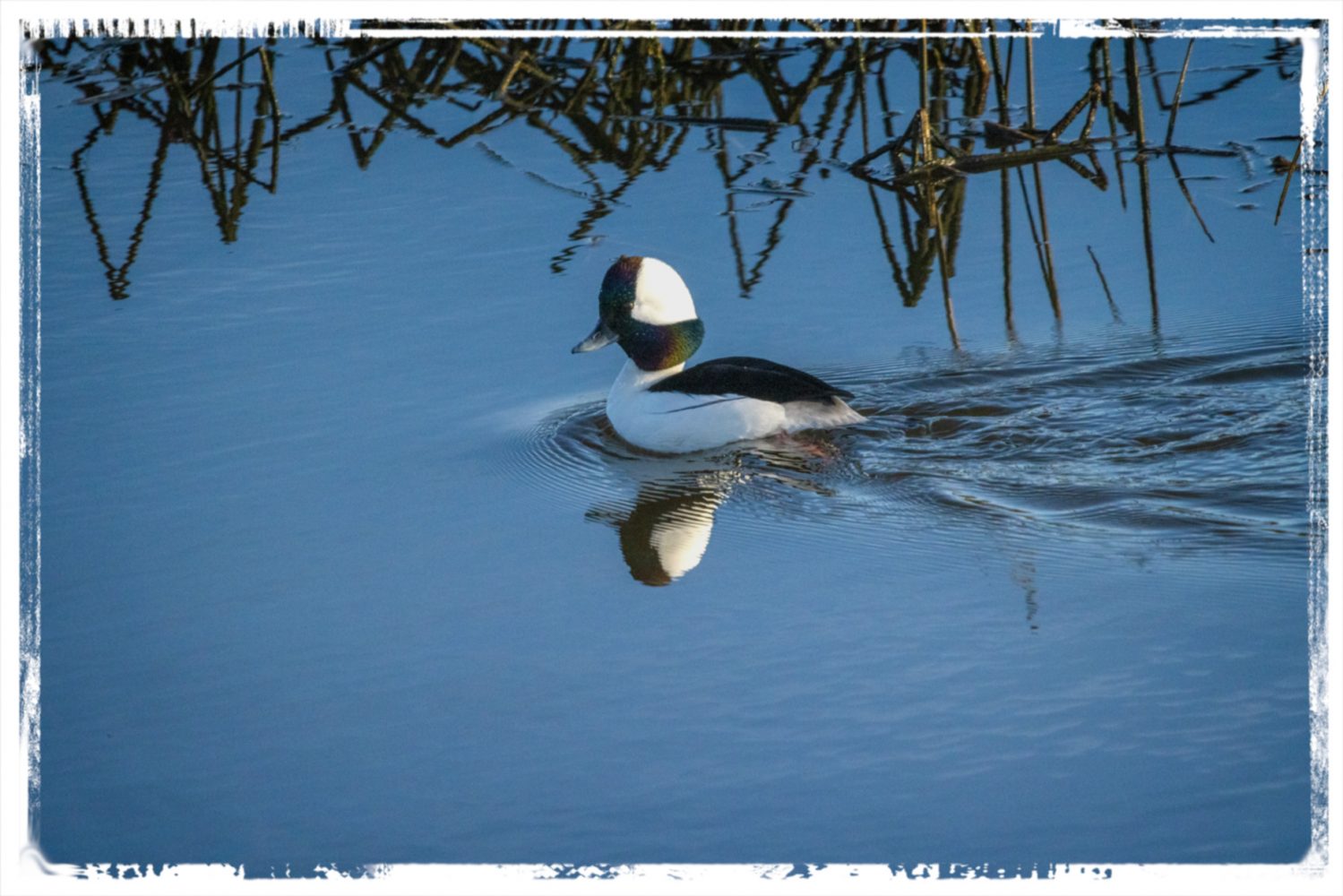
The photographer in me definitely prefers lots of sunshine, but I’ll have to admit that I find walking in the fog quite peaceful.

